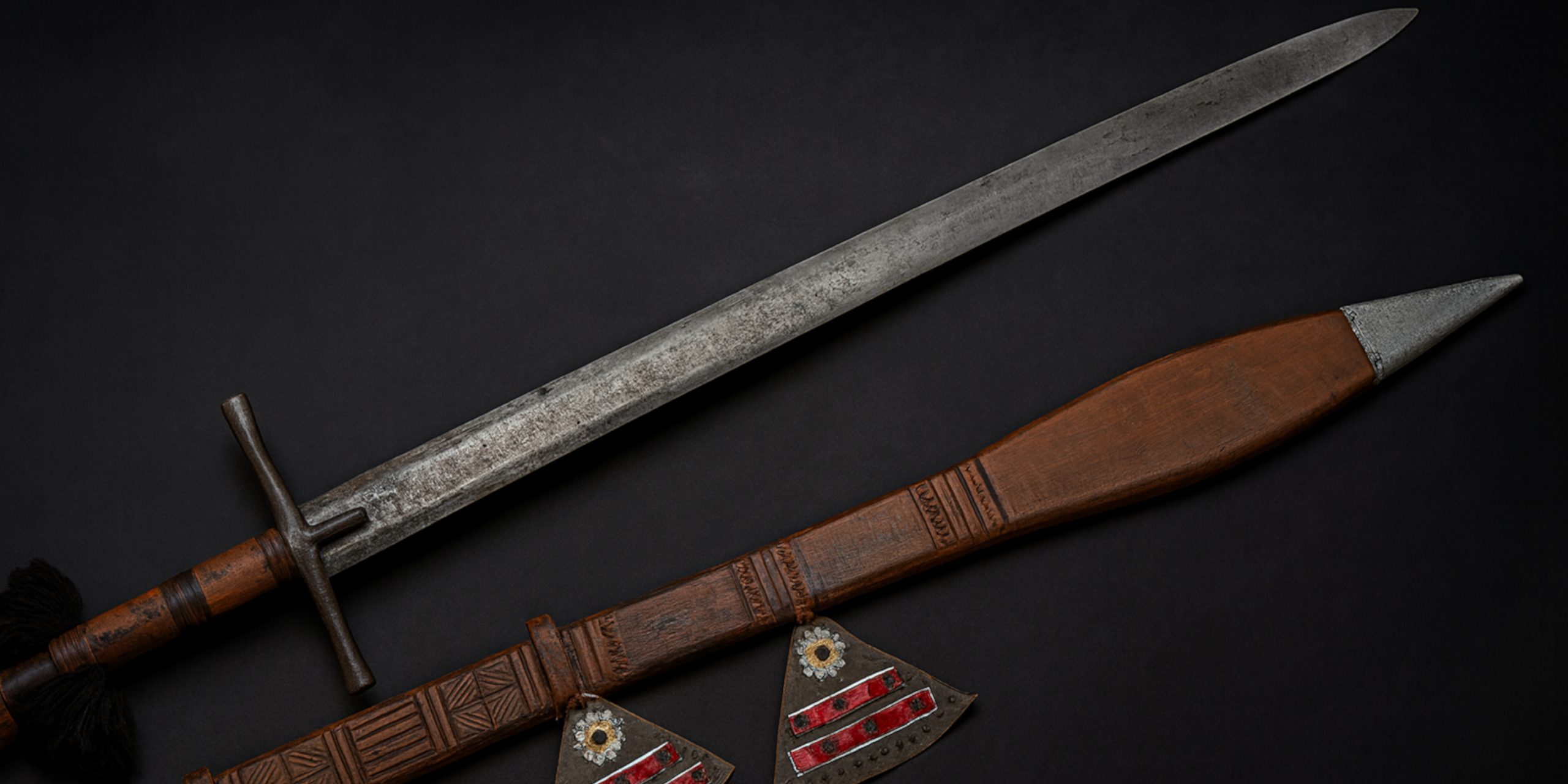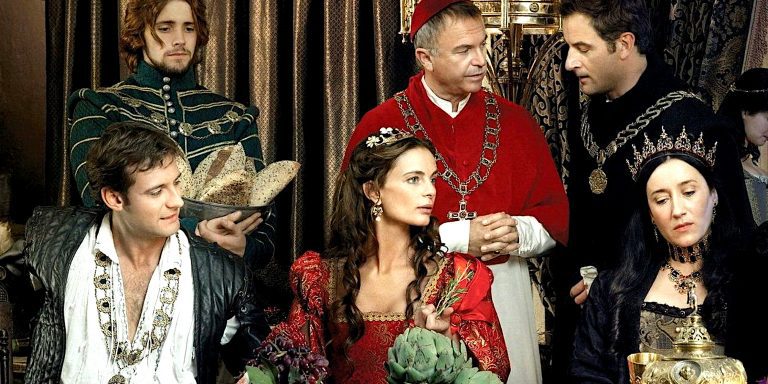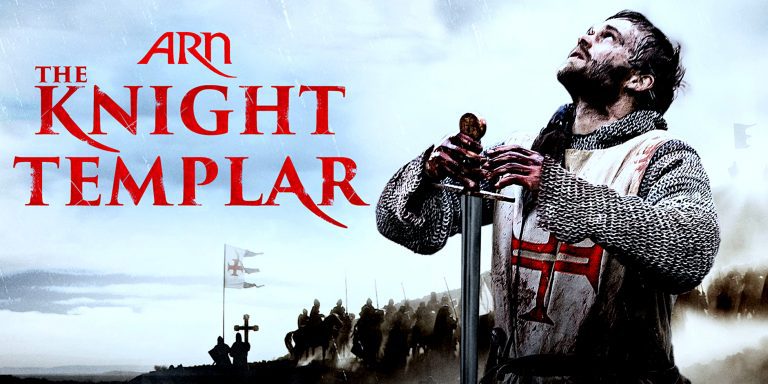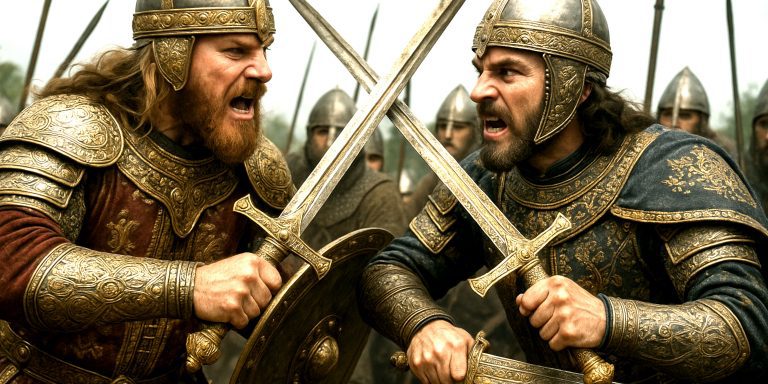
The Hausa Kaskara is a double-edged straight sword traditionally used in West Africa, especially among the Hausa, Fulani, and Tuareg peoples. Though visually reminiscent of medieval European arming swords, the Kaskara developed independently and came to serve both as a weapon and a symbol of status and identity across the Sahel region.
Often sheathed in a leather scabbard and worn horizontally across the back or at the waist, the Kaskara played a central role in martial life, ceremonial culture, and resistance against colonial incursion.
Specification
| Feature | Details |
|---|---|
| Blade Length | Typically 75–100 cm |
| Blade Width | Around 4–5 cm |
| Blade Profile | Straight, double-edged with a central fuller |
| Tip Style | Rounded or spatulate, sometimes reinforced for thrusting |
| Hilt | Wooden or iron core, often wrapped in leather or metal wire |
| Guard | Simple iron crossguard, functional rather than decorative |
| Pommel | Disc or bulb-shaped, occasionally featuring minimal adornment |
| Scabbard | Leather-covered wood, often dyed red or brown, sometimes tooled |
History and Evolution
The Kaskara likely originated sometime between the 14th and 16th centuries, influenced by trans-Saharan trade and evolving in parallel with Islamic expansion across the Sahel. Its form may have drawn loosely from Arab, Ottoman, and earlier North African designs, though it became a distinctly West African weapon in both function and style.
During the 18th and 19th centuries, Kaskaras were wielded by cavalry and foot soldiers in the armies of Hausa states, Sokoto Caliphate, and other Sahelian powers. They remained in use even as firearms became more common, partly due to their ceremonial importance and the relatively limited availability of modern arms.
The sword also became a symbol of resistance during colonial conquests in Sudan and Northern Nigeria. In some contexts, Kaskaras were carried by warriors of the Mahdist State and continued to feature in early 20th-century tribal conflicts.
Advantages and Disadvantages
Advantages:
- Balanced design suitable for both slashing and thrusting.
- Robust construction ideal for parrying and close combat.
- Strong cultural and ceremonial significance.
- Easily maintained due to relatively simple construction.
Disadvantages:
- Lacked the refinement of European pattern-welded or forged blades.
- Often made from locally recycled steel, leading to variable quality.
- Less effective against firearms or heavily armoured opponents.
- Simple hilt designs could become unstable without reinforcement.
Comparison with Similar Weapons
| Weapon | Region | Similarities | Differences |
|---|---|---|---|
| Arab Saif | North Africa/Middle East | Curved steel blade, used in Islamic contexts | Kaskara is straight, broader, and heavier |
| European Arming Sword | Europe | Straight, double-edged blade with fuller | More standardised metallurgy in Europe |
| Takouba | Tuareg region | Also used across Sahel, often with more ornate hilts | Takouba blades tend to be narrower and more flexible |
| Sudanese Mahdist Sword | Sudan | Often indistinguishable from Kaskaras | Functionally similar; Kaskara is the broader category |
Legacy
The Kaskara remains an enduring emblem of Sahelian martial heritage. It is often featured in historical pageants, traditional ceremonies, and cultural displays across Northern Nigeria, Niger, Chad, and Sudan.
Its visual likeness to medieval swords has sometimes led to misconceptions about its origin, but it stands as a wholly African design, rooted in regional needs, environments, and traditions.
Where to See
Authentic Kaskaras can be found in museum collections worldwide, including:
- British Museum (London): Several 19th-century Hausa and Sudanese examples.
- Musée de l’Homme (Paris): Sahelian arms and armour.
- National Museum, Abuja: Nigerian-made Kaskaras and scabbards.
- Ethnological Museum, Berlin: Examples from colonial expeditions.
- Sudan National Museum (Khartoum): Locally produced Kaskaras with Mahdist-era provenance.
Collector’s Guide
Things to Look For:
- Full-length blade with intact fuller and patina.
- Leather-wrapped hilt in good condition.
- Scabbard with tooling or dyes, especially if dyed red or brown.
- Any markings (Arabic inscriptions, clan symbols) add value.
Common Provenance:
- Northern Nigeria (Kano, Zaria, Katsina).
- Darfur and Kordofan in Sudan.
- Tuareg and Toubou groups in Niger and Chad.
Auction Prices (as of recent sales):
| Condition | Price Range (GBP) |
|---|---|
| Museum-grade with scabbard | £900–£1,800 |
| Functional 19th-century example | £400–£800 |
| Heavily worn or incomplete | £150–£300 |
| Replica or tourist-made | £50–£120 |
Collectors should beware of overly polished blades, missing hilts, or swords with modern welding marks. Originality and regional authenticity greatly affect valuation.



